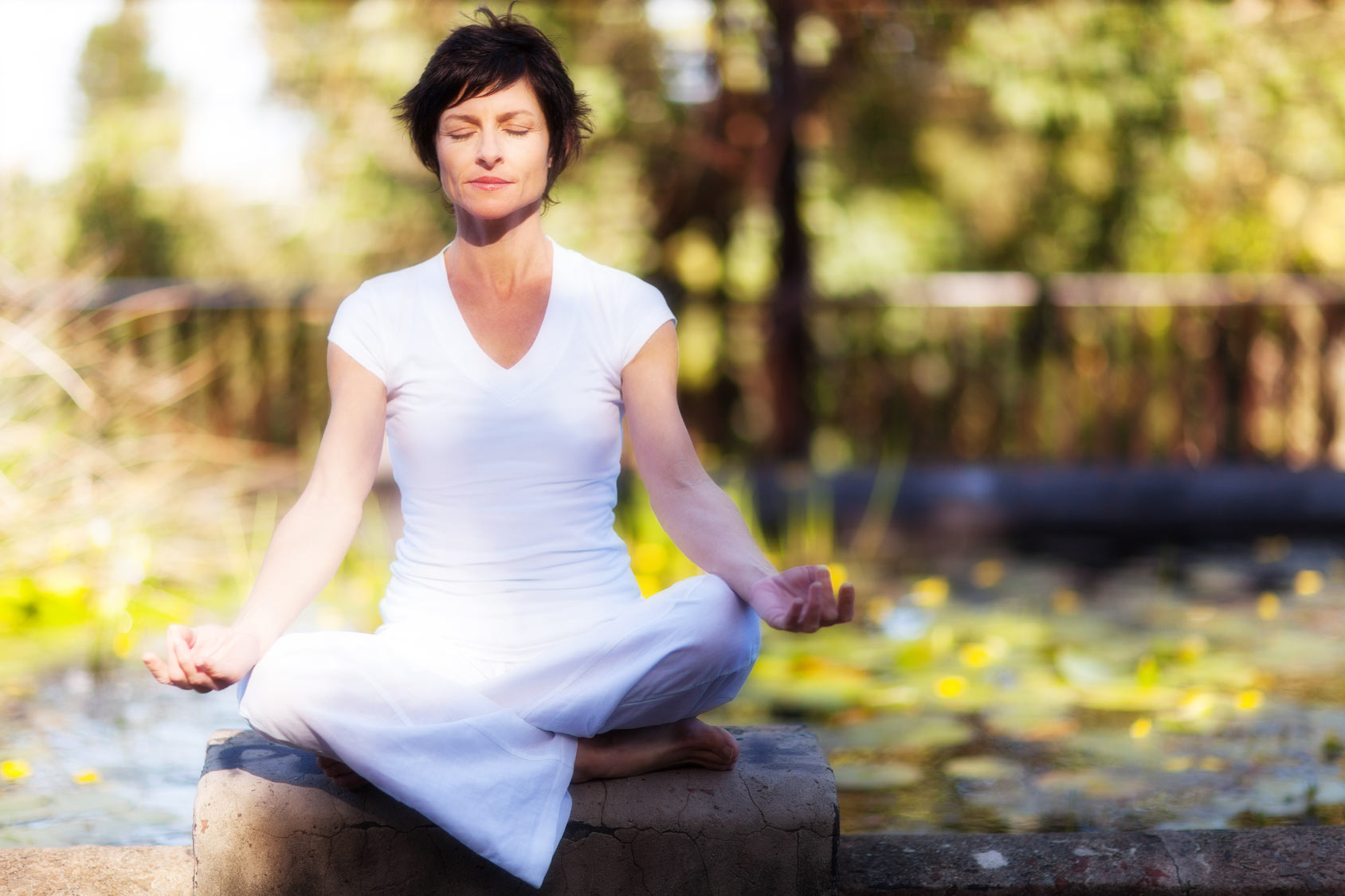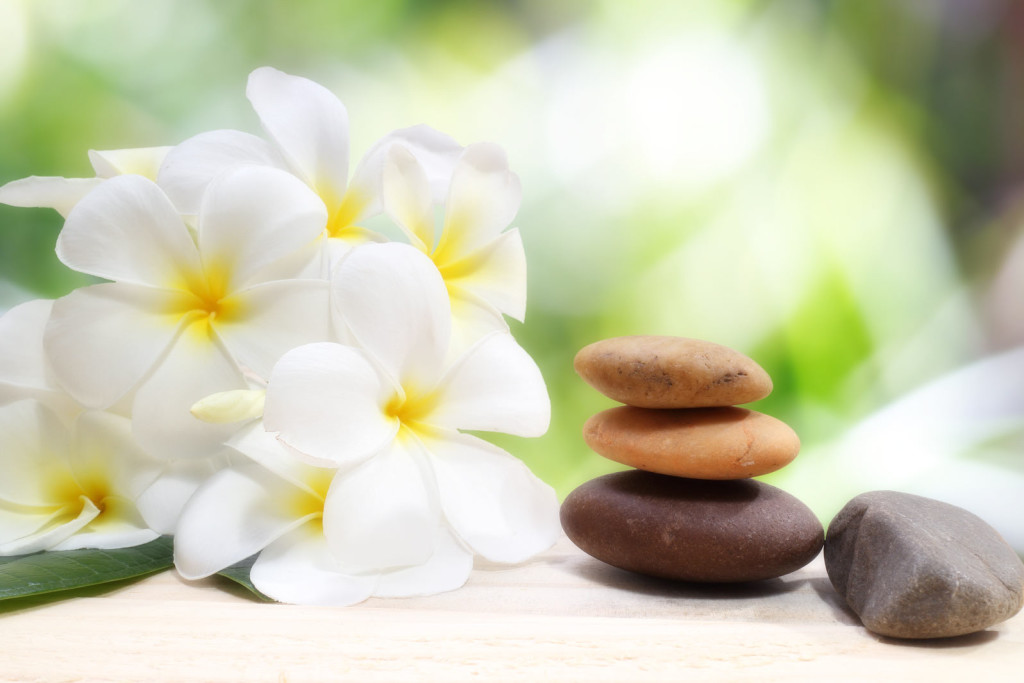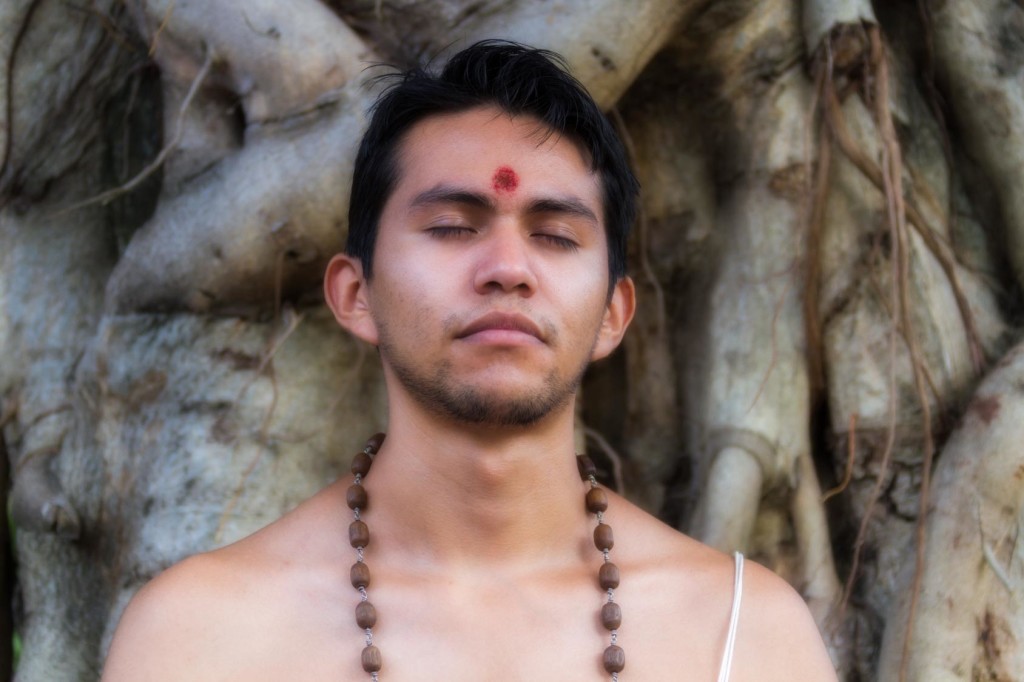How To Transcend The Ego Through Self-Inquiry
The ultimate goal of all spiritual practice is to transcend the ego, and awaken to your true Self.
Throughout human history, many masters and teachers have developed many different ways and methods of approaching the problem – but there is none more direct than self-inquiry.
Other methods often involve fixing the attention on the breath, or a mantra, a candle flame, etc. But during self-inquiry meditation, the practitioner turns inward, seeking out the essence of the self, the source of awareness, the sense of “I am.”
Under direct investigation, the slippery illusion of the ego falls away, and the true reality shines forth.
Origins of Self-Inquiry
Self-inquiry is a practice from the Vedanta tradition, known in Sanskrit as atma-vichara. Atman being the innermost self, the Divine Spirit, and vichara meaning “to contemplate.”
Perhaps it’s first mention is in the Yoga Sutras of Patanjali, composed around 400 A.D. Patanjali mentions “meditation on I-am-ness” as one form of samadhi, the eighth limb of yoga.
But Patanjali’s sutras draw from much older works, especially the Upanishads, which form the core of Hindu philosophy and practice. The Upanishads themselves are assembled and edited from even older sources. This ancient knowledge ultimately traces back to the oral teachings of prehistoric wise men and sages, the legendary Rishis.
Some form of self-inquiry has probably been practiced from the very beginning, an advanced yogic discipline handed down through the ages, from master to disciple. But it wasn’t until the early 20th century that it became widely known.
The practice was popularized by the Indian saint and guru, Sri Ramana Maharshi. At the age of 16, Maharshi had a spontaneous experience of spiritual awakening, a “mystical death.” This experience was so overwhelming, that afterwards he left his home and family to live in the caves and temples of the holy mountain, Arunachala.
He soon attracted throngs of devotees who came to receive his blessing, and his spiritual instruction. To all who came to him with questions, he gave the same, simple teaching:
Self-Inquiry.
Some of these seekers wrote down his instructions, and these were later published. By the end of his life, Ramana had devotees from around the world, including many Westerners, and so his teachings have spread throughout the globe.
And the practice of self-inquiry, perhaps the most direct path to spiritual awakening, is secret no longer.
How To Practice Self-Inquiry
Self-inquiry may be practiced anytime, anywhere, even while engaged in work or other daily activities. However it is helpful, especially in the beginning, to set aside time each day to practice it as a formal, sitting meditation.
1. Get Centered
To begin, find a quiet place and assume meditation posture. Take a few minutes to relax and become centered.
Bring your awareness to your breath. Feel the air as it flows in and out of your nostrils, feel the rising and falling of your chest. Notice any tension, pain or discomfort, and adjust your posture accordingly. With each exhalation, release any tension and stress that you feel. With each breath, let yourself relax, deeper and deeper, until you are calm and centered in the present moment.
When you are ready, proceed to step 2.
2. The Question
Self-inquiry begins with the question, “Who am I?” Or alternatively, “Where does the thought ‘I’ come from?”
As you ask this question silently, turn your awareness inwards. Try to hone in on the most basic sensation of being alive, of “just being” or existing. This feeling is subtle and hard to identify, precisely because it is always there — like a background noise that you learn to tune out after awhile. It’s not a physical sensation, but rather the very essence of consciousness itself.
Whenever your mind wanders off, simply notice these thoughts, and let them go. Repeat the question, “Who am I?” And bring your awareness back again to the simple feeling of being.
3. Neti, Neti
In the beginning, your mind will try to answer the question. But that’s not the point of this exercise. We’re not after an intellectual answer.
The subjective self can never be an object of knowledge. The Knower can never be known. The true essence of you, the source of your awareness, is entirely beyond the grasp of thought. So whatever “answers” arise, don’t believe them.
In the Vedanta tradition, the practitioner greets these thoughts by silently saying, “Neti, Neti,” which means, “Not this, not that.” But it doesn’t matter what you say. The words aren’t important. What matters is that you don’t buy what the mind is selling.
Let go of every answer, and keep coming back to the question.
4. Accept No Labels
Usually you think of the obvious first.
As you ponder, “Who am I?” you might think, “I am a human being. I am this body, this brain, this mind.”
But as you let go of each of these thoughts, and go deeper with your inquiry, more and more subtle possibilities will occur to you. “I am a soul. I am energy, I am consciousness, I am Spirit.”
But remember: if you can think it, it’s not you.
Don’t settle for words, or concepts – no matter how profound. Keep returning to the question: “Who am I? From where does this sense of “me” arise? What lies beneath the thinking mind, at the silent core of my being?”
5. Enter The Mystery
Not only should you let go of every answer the mind offers up to you, you must learn to let go of even the desire for an answer.
Stop grasping at straws, trying to understand. Make peace with “not knowing.” Feel that delicious sense of mystery. Marinate in it. Forget about an answer. Let the question itself take you out of your mind, and lead you into wide open spaces of wonder, humility and awe.
This is the art of self-inquiry. The purpose of the question is not to arrive at an answer, but to silence the mind.
6. Silence
Self-inquiry is like a path that, if followed all the way, takes us into the most profound stillness and silence – the silence of the mind. In the absence of thought, true reality may finally reveal itself.
If we let it.
In the beginning, whenever we approach that silence, the mind rebels. Some thought arises to fill the void – an idea, a memory, anything other than the emptiness of no-thought. This is where we have to develop skill and discipline: the discipline of relaxation.
(How’s that for a paradox, eh?)
We have to learn how not to think; how to resist that urge, to relax into openness, emptiness and silence. We have to learn to be quiet, to shift from thinking to being.
7. Surrender
The ultimate goal of this practice is to surrender: to relax and let go of your sense of self, and just become still and quiet.
When you surrender, and abide in the silence, eventually the ego will fall away. Because it isn’t real. It’s only an illusion, a trick of the mind, and it cannot stand up to close inspection.
Self-inquiry leaves no place for the false sense of self to hide, to take root and grow. Exposed to the light of conscious awareness, the “I” thought dissolves, and is no more.
And with it goes the sense of separation, the duality of subject and object, observer and observed, self and other. All that is left is a profound and unspeakable Oneness, the infinite, interconnected Spirit, the true Self of every being.
Notes On The Practice
Like all forms of meditation, self-inquiry is deceptively simple.
“Who am I?” It seems like an innocent question, but it’s actually an invitation to spiritual awakening, and an inner path that leads to a radical new way of being. Here are a few observations on how to approach this practice, and see it through to it’s ultimate goal — enlightenment and liberation.
Carry the Question In Your Heart
Once you have learned how to open up to the mystery, to embrace the question itself, instead of seeking to answer it, then it’s time to take this practice beyond your periods of formal meditation, and out into the world.
Practice self-inquiry when you are walking, driving, working, shopping, or doing household chores. Use self-inquiry to disassociate yourself from the ego, the “do-er,” and simply witness life as it unfolds, with curiosity, innocence and wonder.
“Who am I?” Learn to carry this question in your heart. Take it with you everywhere you go. Every moment of your life is an opportunity to practice.
The Question Is Not A Mantra
It’s important to note that the question is not to be repeated endlessly, like a mantra. This is just another way to engage the mind, to keep it active and occupied.
Rather, the question is like a signpost – it’s purpose is to turn your attention inwards, to point you toward the Self. As you continue this practice, the words themselves should eventually fall away, leaving only the silent inquiry, an inner watching, wondering, and opening to the unknown.
Emptiness, No-Thing-ness
Most of us are completely identified with our body, our thoughts, our moods and emotions – with external, ephemeral, impermanent things. We do not know the true, essential Self. We have only a mental image, a false sense of being an individual “me.”
Inquiring “Who am I? What exactly is this ‘me’?” is to question everything. One by one it severs our attachments to the body, mind and personality, until there is nothing left to identify with.
This nothing, this emptiness, is what we are. It is called Spirit, Consciousness, God, Buddha-nature, and many other names. But these are only words and symbols – just more mental noise.
The true Self is not a “thing,” an object. It is an infinite, unknowable, primordial void. Silent, empty, eternal and timeless, it simply is.
Mystical Death
The great Transcendentalist thinker Ralph Waldo Emerson once wrote,
“Silence is a solvent that destroys personality, and gives us leave to be great and universal.”
When the mind is silenced, we experience the “mystical death” of the individual self, and awaken to the true reality of the infinite, cosmic Self.
This experience is profoundly blissful and liberating, yet to approach it is terrifying – because it is death to the ego. As such, it will resist it tooth and nail.
When you first draw near to that great void, you may experience unbearable anxiety, discomfort and fear. The mind will try desperately to come up with some thought, word or image; anything to break the silence, to fill the emptiness, to sustain itself and continue it’s existence.
When you first surrender, and let yourself go, your experience of the infinite is usually brief. The mind is quick to re-assert itself. In no time at all, here comes the thought, “I am this!”
It’s important to recognize this for what it is: more mind games. The ego wants to claim awakening, to make it personal, like a spiritual trophy or prize. But it isn’t personal. The awakened Self is, paradoxically, self-less. It is impersonal, universal, and cannot be grasped and held onto.
Even when you have such a genuine spiritual revelation, a glimpse of the Infinite, you have to let it go. Return to your practice, return to “not knowing.” Keep inquiring. Keep relaxing into the silence, and opening to the mystery…
Until the big surrender, the final dissolution of ego, mind and self.
What is left then, when all thought ceases? It is Being, Reality, Infinite, Eternal, Divine… all of these and none. It can’t be said, or even imagined.
In the end, you just have to see it – or more accurately, be it – for yourself.















Bellastorm Design
Love your message! We are spirits having human’s experience. In this era of transformation, this is an exciting time. Thanks for sharing with the world.
zenful
Thanks for sharing and glad we could connect. Looking forward to hearing much more from you!
Maliyah
A rolling stone is worth two in the bush, thanks to this arteilc.
zenful
Always glad to help 🙂
Brenda Gibson
This article has helped me so much! Thank you. It’s so simple!
zenful
Thanks, glad you liked it!